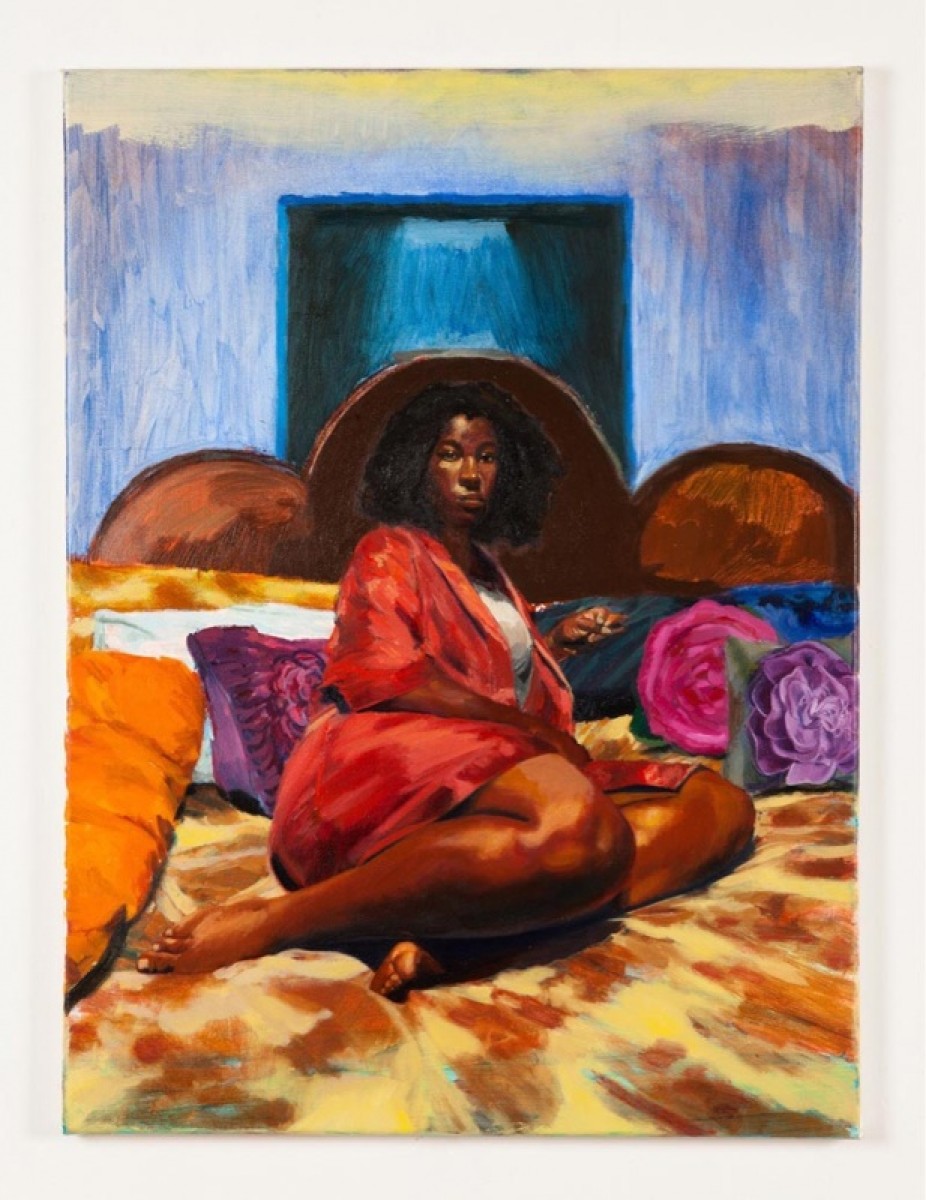The Feast: Dinner for 100
Black Wimmin Artist takes over Walker Court for a commemorative performance.

Taking place this Friday, The Feast will welcome 100 Black Wimmin to dine in the heart of the AGO. Organized by the collective called Black Wimmin Artist – a virtual community of Black women and gender non-conforming artists and art-workers – The Feast is described as a performative action designed to promote visibility and exchange.
As the first in-person gathering of the collective, this historic moment will celebrate the contributions of Black Wimmin curators, artists, critics, collectors, academics and arts administrators. The Feast also marks the 30th anniversary of Black Wimmin: When and Where We Enter, the first Canadian exhibition to exclusively feature the work of Black women artists organized by the Diasporic African Womyn Art (DAWA) collective. Although participation in The Feast is not open to the public, visitors are welcome to witness this performative event.
We connected with Anique Jordan, artist, curator and creator of the Black Wimmin Artist collective, to learn more about what to expect at The Feast and why this event is so important.
AGO: What inspired you to create the Black Wimmin Artist collective in a digital space in 2016?
Anique: I started Black Wimmin Artist as a resource-sharing network, to collectively build a social, economic and emotional infrastructure to support the work of Black wimmin and gender non-conforming artists. I always felt that the artists I grew up around were not visible. It was important for me to create a platform that encouraged each of us to claim our space as artists. The community now includes a wide range of people connected to the arts. It exists as a digital space, which allows people to tap-in and out as they’d like.
AGO: Tell us more about what we can expect to see at The Feast?
Anique: The Feast is a performative gathering: part intervention into the gallery space, part celebration and visualization of our work. We have invited 100 Black wimmin arts workers to the table to sit and break bread in Walker Court, at the center of the AGO. The evening will feature an opening ceremony, speakers, a playlist of Black wimmin artists, and a curated menu that includes dishes found in many African traditions.

AGO: What do you hope the public will take away after witnessing The Feast?
Anique: The public is invited to witness this performance of the invited 100 wimmin and to listen to remarks from the artists. I hope the public sees this performance and asks, ‘why haven’t we been exposed to more of the work, ideas and perspectives of Black wimmin artists in Canada?’
AGO: Now that you’ve moved from virtual to physical reality, what’s next for the Collective?
Anique: The Black Wimmin Artist collective is still exploring the possibilities in and outside of the digital space. While the group will continue to be virtual, we’re looking forward to a range of events, performances, workshops and maybe an exhibition to support and encourage the visibility of Black wimmin and gender non-conforming artists and artworks across Canada.
Are you an AGOinsider yet? If not, sign up to have stories like these delivered straight to your inbox every week.
